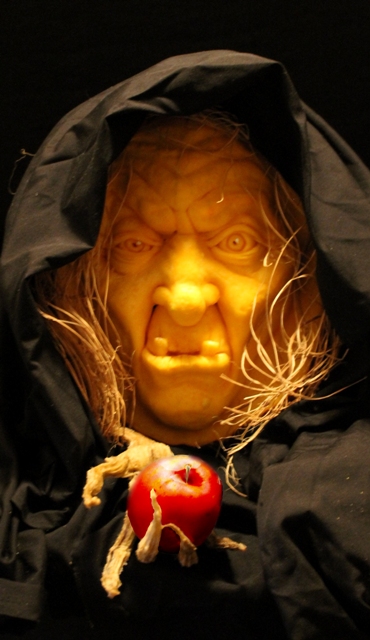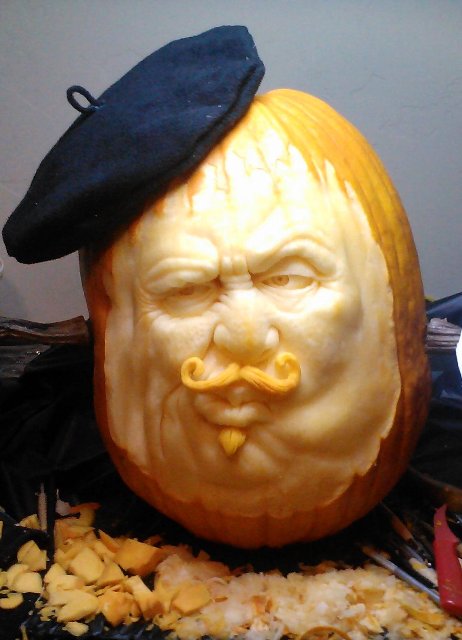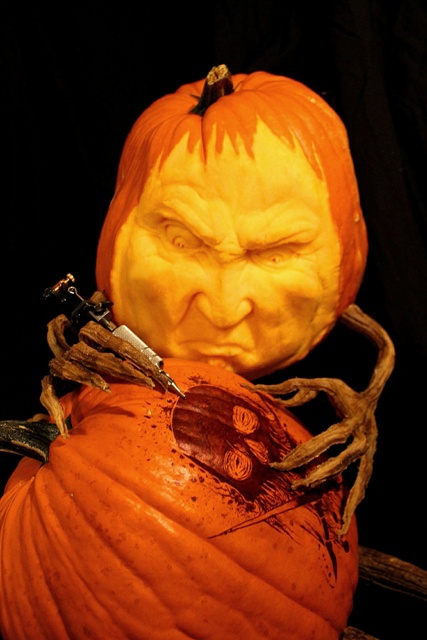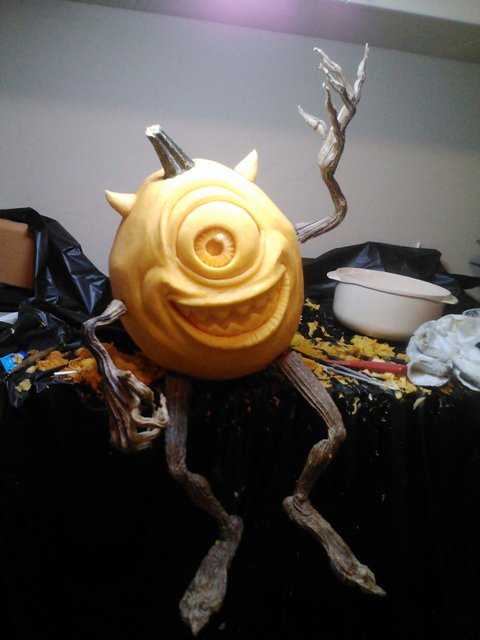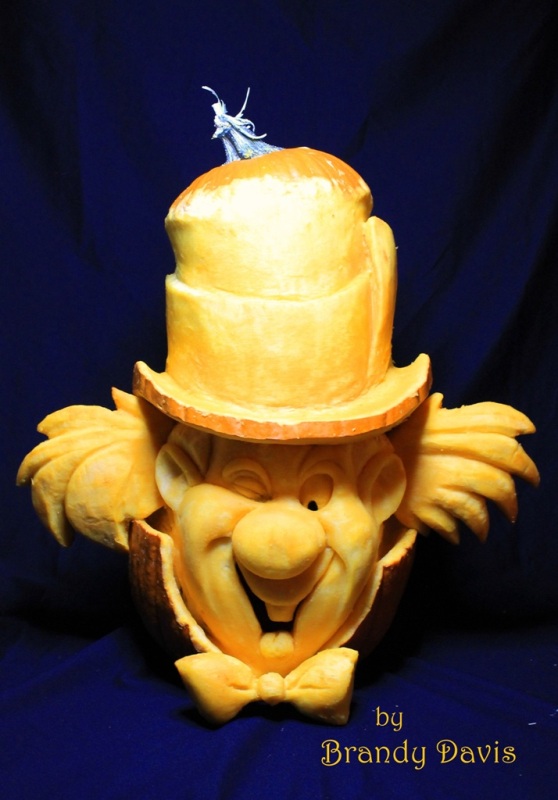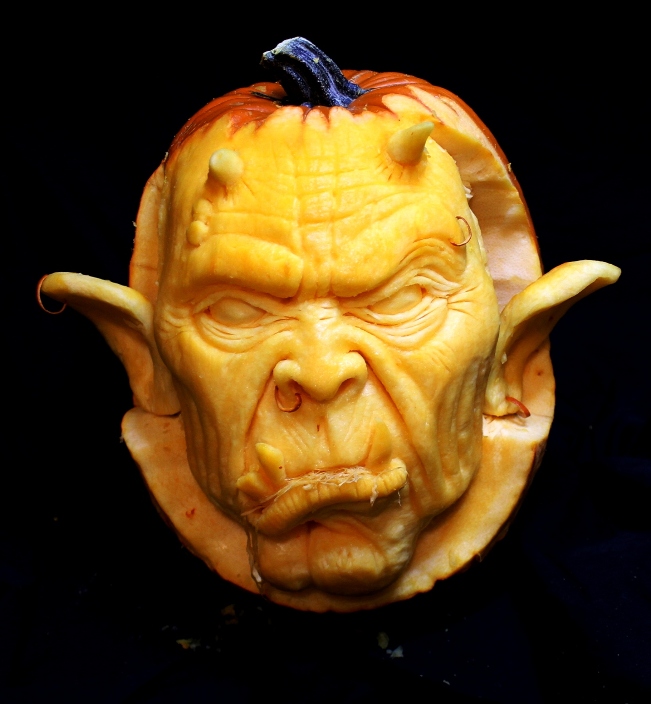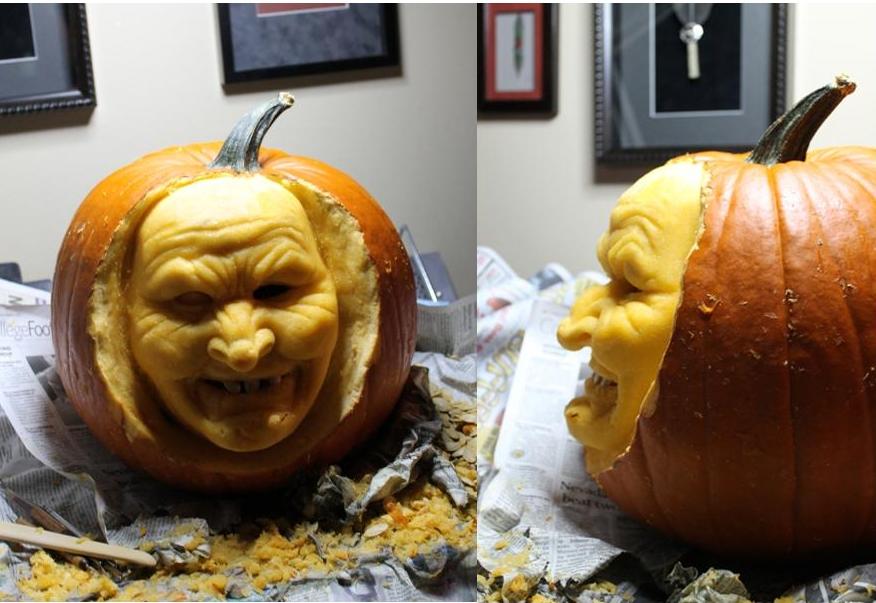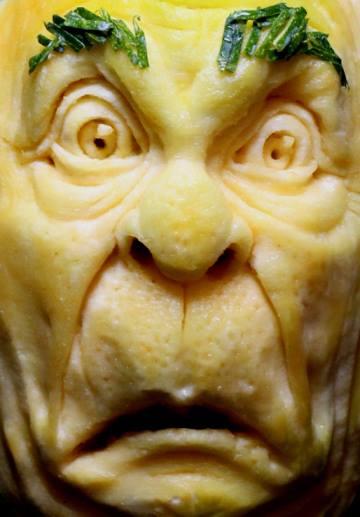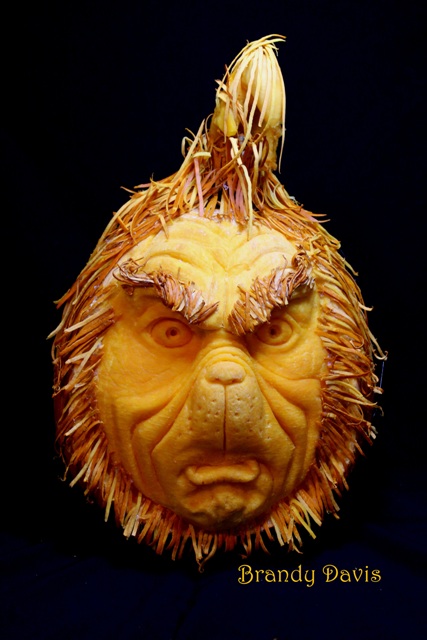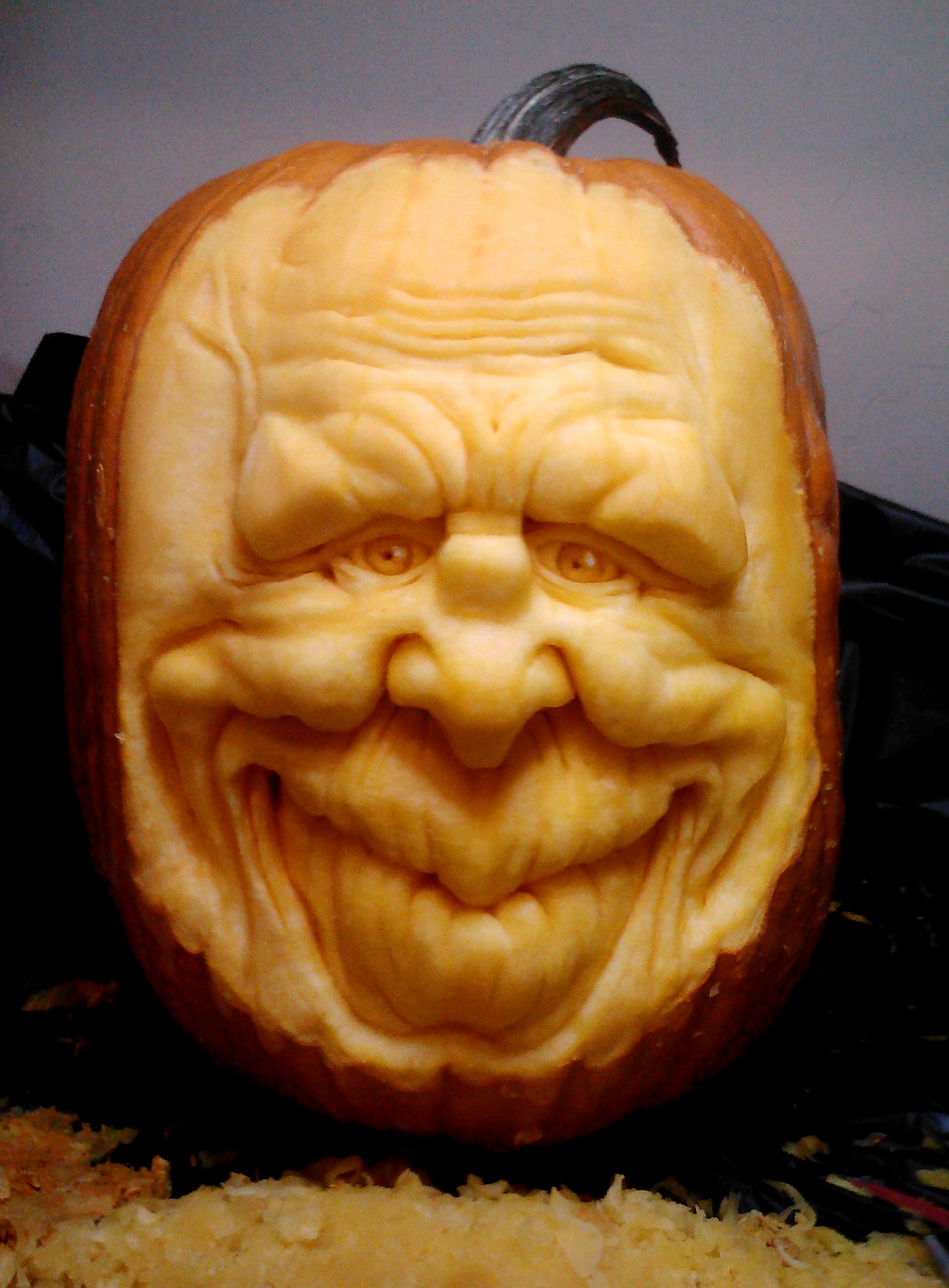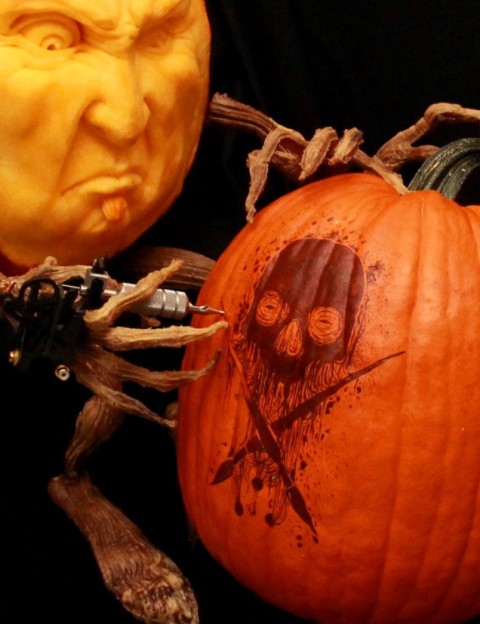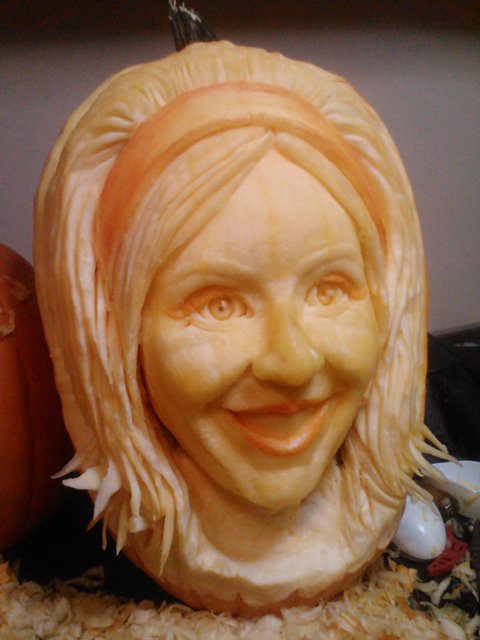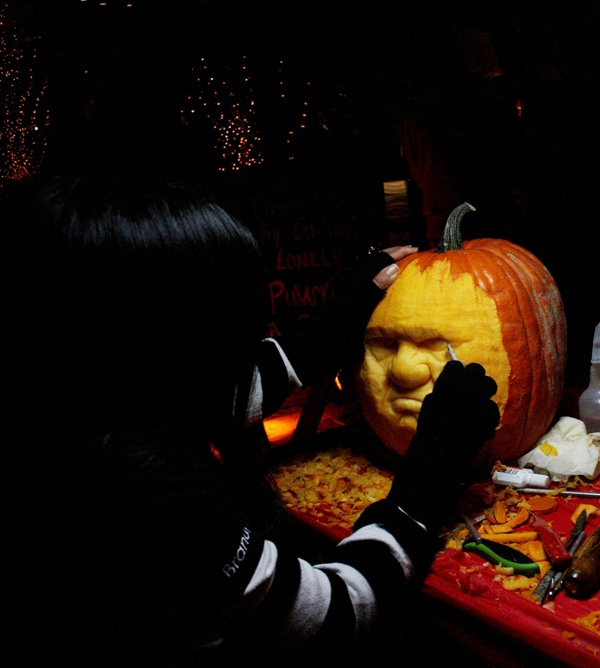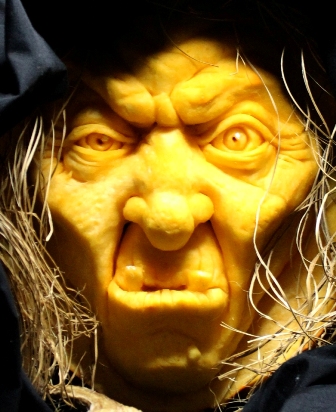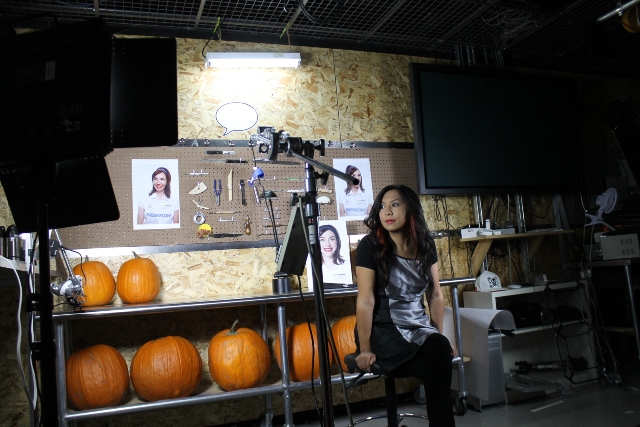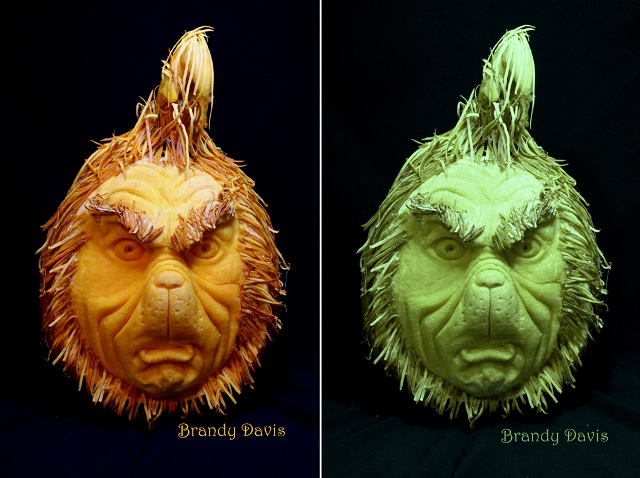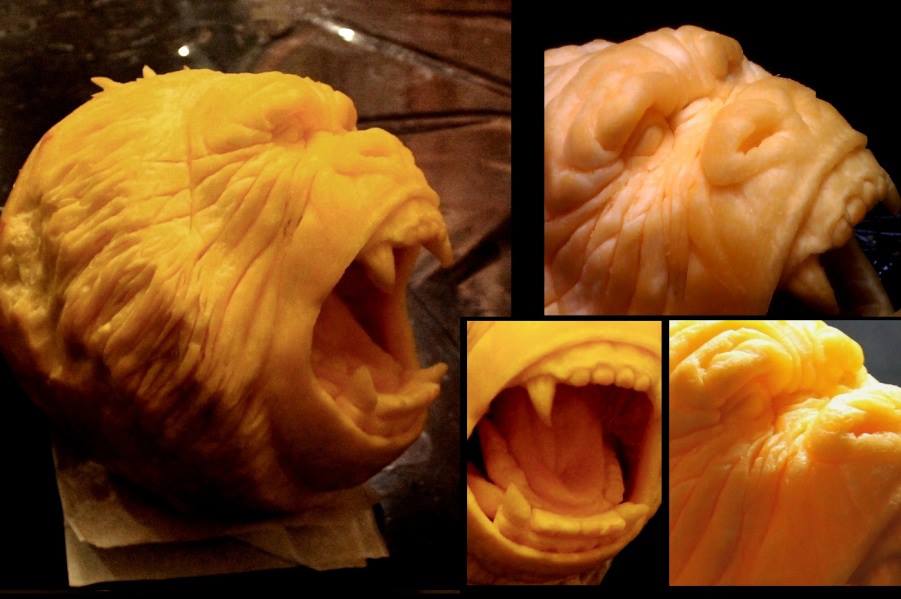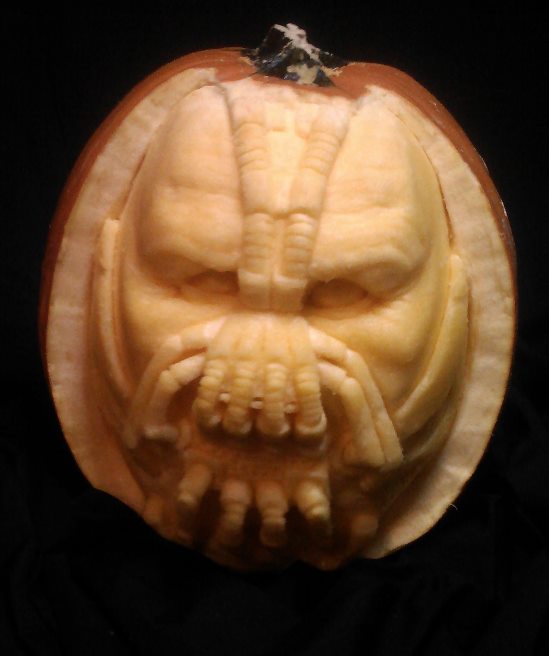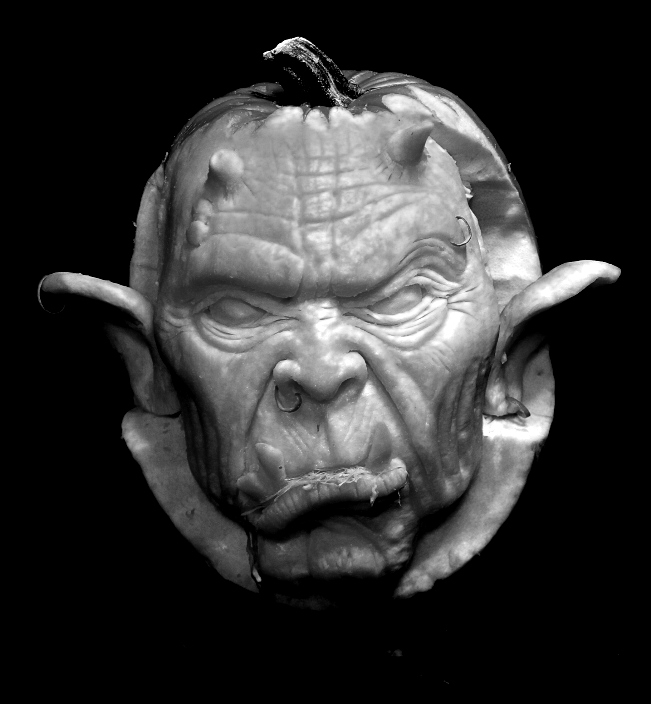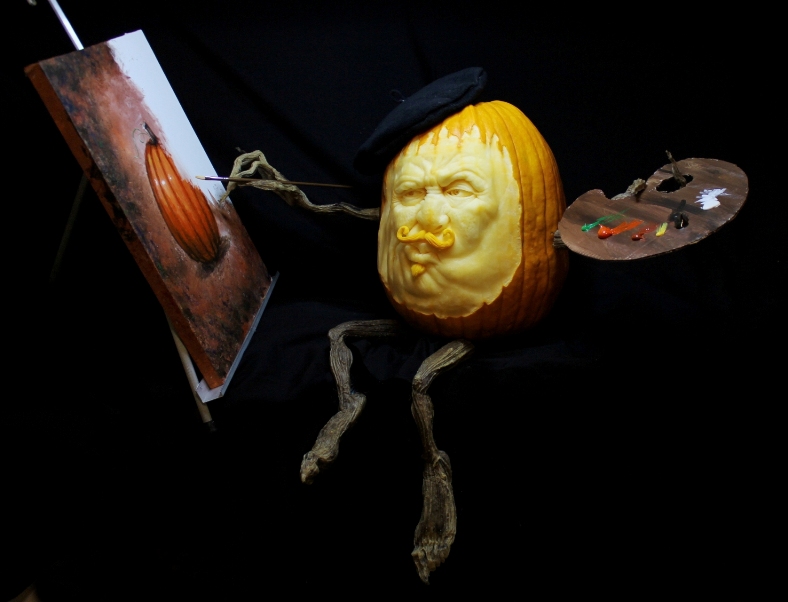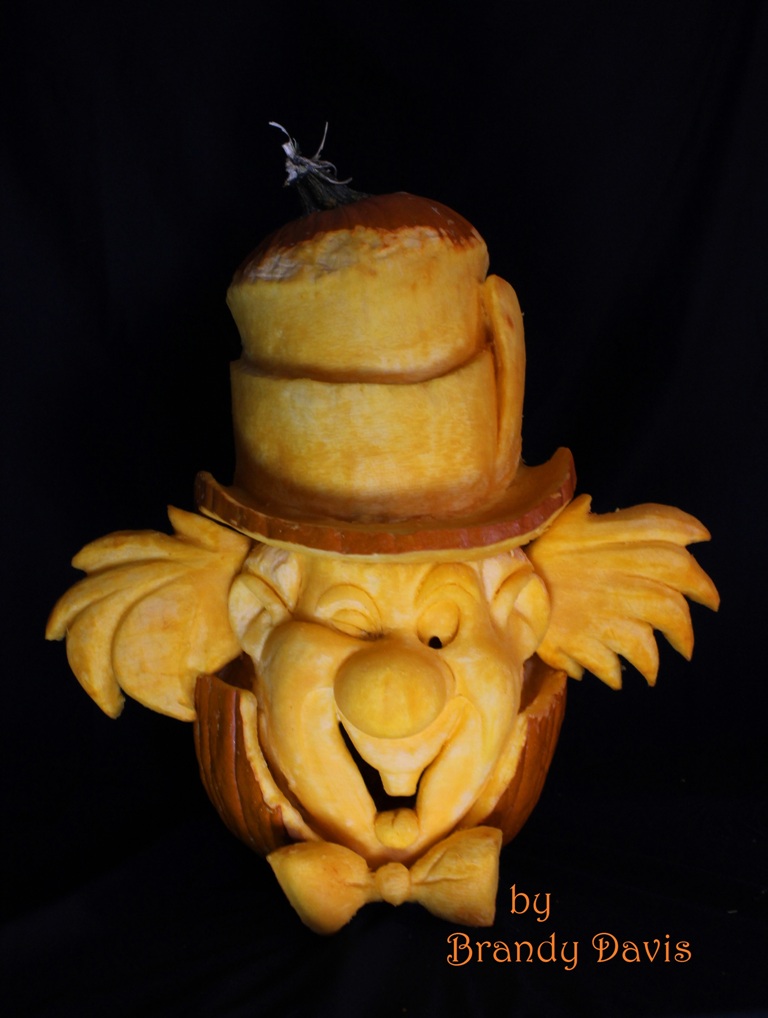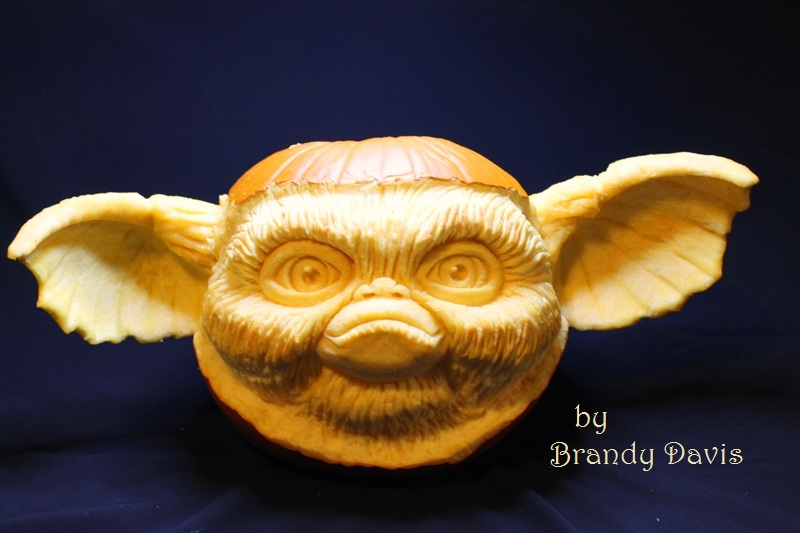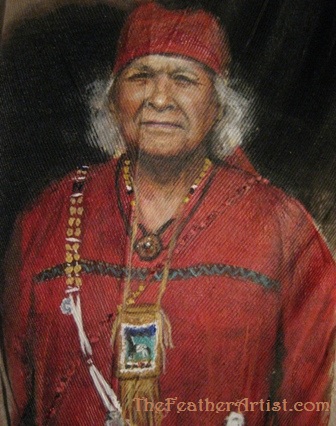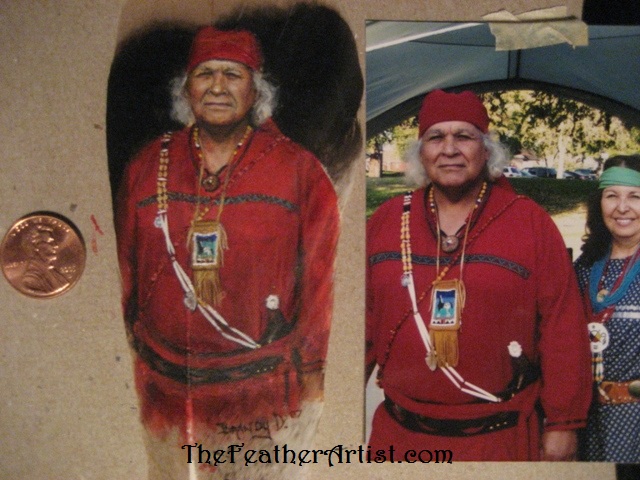I can’t tell you how many times I have looked at a reference photo for a painting I am doing and felt completely overwhelmed by the amount of details contained within the photo, especially because the paintings I do are so small. Although adding details to a painting can be time-consuming, in my opinion it is well worth it in the end for the overall look of the finished piece.
I understand that some artists do not like adding details anywhere other than the face of the painting – I get it – it causes the face to become the focal point of the piece – and that can lead to a beautiful painting in its own right. I guess it really all boils down to an artist’s personal preference and style. My style, however, is adding lots and lots of details, no matter how small or where they are located.
Every time I sit down for a painting session, I take about 5-10 minutes to examine the details in my reference photo and determine how I am going to translate them onto a canvas via paint and a paintbrush. And to create less “eye clutter,” or in other words, to make the photo a little less overwhelming, I employ a technique I call “cropping” wherein I cover up the surrounding area (or if using a photo on my computer, “Zoom in” to the desired area) so that way I can focus on a certain section of the photo. (I’ll discuss some easy ways to do that in my next post)
Spotters are ideal for adding details to a painting – they are a fine-tipped paintbrush with short bristles and short handles, giving you lots of control over your brush. And with adding details, a steady hand and controlled movement is a must. Take care to rest the edge of your “painting hand” or your elbow on a stable surface while you paint – it helps to maintain control of your hand and arm.

The amount of space isn’t what determines how many details you include – it is determined by the amount of time you are willing to invest.
Remember to take your time and if needed, get a magnifying glass and paint everything you see. The details will add more visual appeal and give the viewer all the more reason to appreciate the time you put into your work.
Happy Painting!

